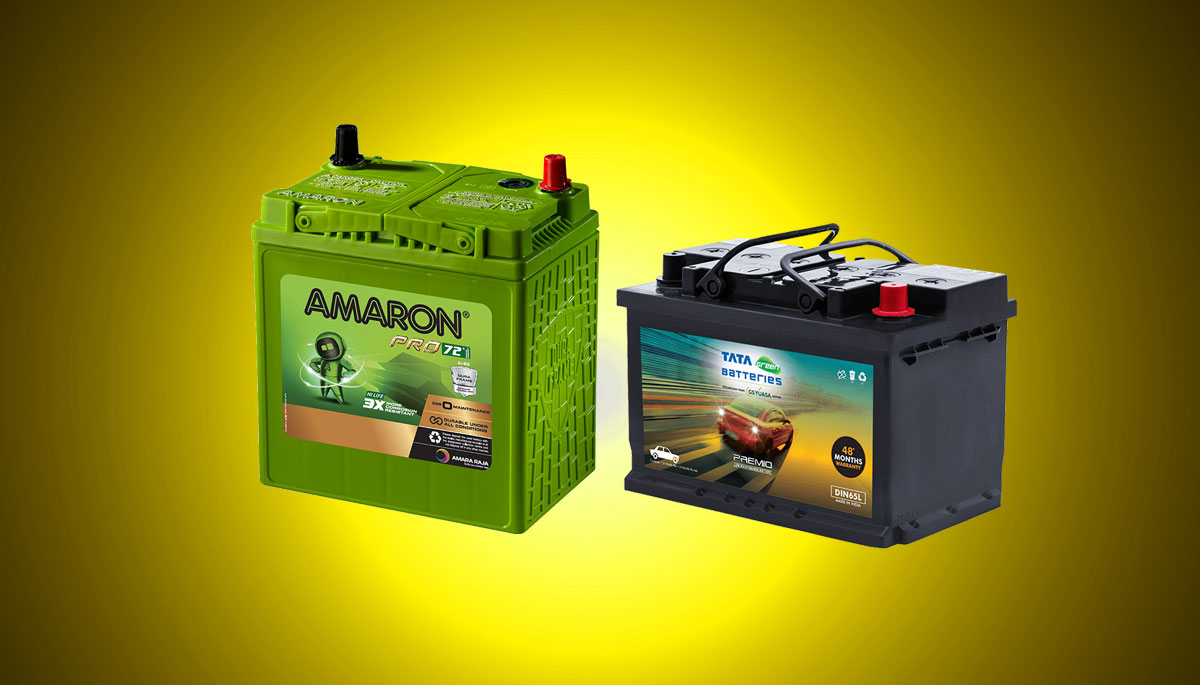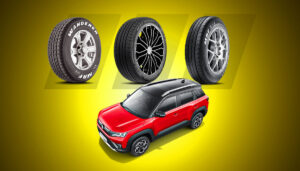Vehicle batteries in India face arguably the world’s most punishing operating conditions. Scorching heatwaves, monsoon downpours, ubiquitous air pollution, ceaseless vibration from uneven roads, and stop-start urban driving rapidly overpower less adapted power packs.
This in-depth guide covers nuances choosing optimized power cells matched to the tropical environment. Evaluate usage conditions, battery types, ideal capacity, reputable brands, sizing parameters, timely replacement indications and responsible recycling options. Invest now for years of reliable starts ahead!
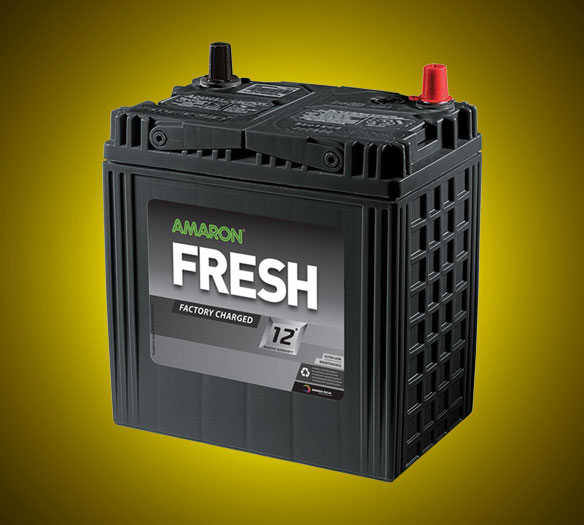
Climate Stressors Draining Car Batteries Prematurely
The sweltering tropical belt spanning most regions in India exposes vehicle electrical systems and specifically starter batteries to a barrage of externally induced stresses that necessitate extra durability.
Extreme Heat
Summertime atmospheric temperatures frequently breach 45°C and inside parked car cabins oven to 60+°C across many states. Such ambient heat hastens failures of internal lead-acid battery components.
- Electrolyte solutions experience accelerated evaporation needing frequent water refilling
- Soaring temperatures cause shedding and warping of cell plates reducing current flows
- Heat strains the alternator from recharging batteries drained by weather demands
- Increased voucher expansion damages seals prompting dangerous acid leakage
Monsoon Season Corrosion
The long months of wet weather promotes rust accumulation and corrosion upon exposed metallic terminals and connectors – forming resistive barriers to the electric currents batteries emit.
Greenish oxidation buildup indicates the advancement of electrical connections degradation. Neglected corrosion interferes with starting capabilities once losses cascade across multiple contact points.
Pervasive Air Pollution Envelopes
The dense haze of particulate matter, ozone, nitrogen and sulfur oxides shrouding all major cities coats exterior connection points on batteries – facilitating leakage of trickle currents even when nominally disconnected.
Delhi and other North Indian cities enduring the worst annual air quality on the planet further necessitate battery durability against particulate infiltration causing internal electrical arcs and short circuits.
Potholes & Uneven Roads Shake Components Loose
The ceaseless vibrations from tire impacts crashing into ubiquitous potholes, eroded tarmac, speed bumps, and generally uneven road surfaces take a destructive toll upon the lead plates, connectors and seals inside batteries over time – loosening parts eventually causing failures.
Frequent Start-Stop Traffic Drain Cycles
In congested cities, driving patterns experience stop-go traffic signals or jams dozens of times per trip, requiring ignition restarts depleting starter battery reserves. This necessitates recharging from the alternator, but idling engines produce less energy for replenishing. Thus hot climates coupled with highly interrupted driving necessitate upgraded batteries compared to smooth highway usage.
The net result amounts to average expected lifespans of just 3-4 years locally before Indian conditions overpower conventional lead acid batteries – forcing replacements often well before the 5+ year milestones common in moderate environments.
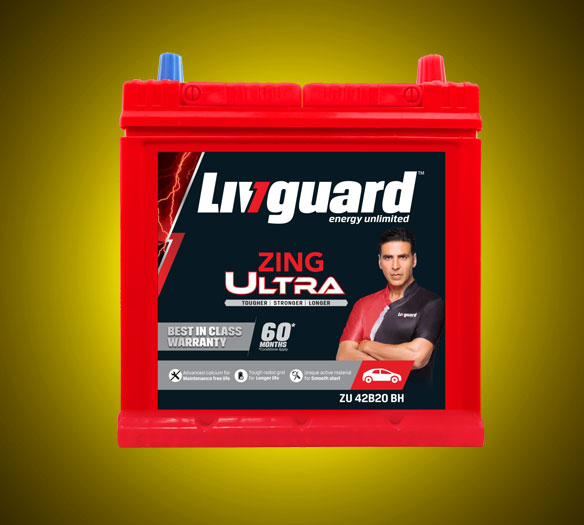
Construction Options: Lead-Acid vs Lithium vs Hybrid Cells
Car batteries predominantly rely on either lead acid or lithium ion chemistries powering a dozen repeat usage cycles annually on average. Newer hybrid cells merge advantages from both popular approaches.
Lead Acid Battery Compositions
This long serving economical battery type utilize grids of lead fused with antimony alongside electrolyte solutions of water and sulfuric acid to produce around 2V peak per cell. Variants include:
- Flooded/Wet Cell: Requires periodic distilled water top-offs
- AGM – Absorbed Glass Mat: Enables spillproof safe positioning
- Gel Cells: Silica additive converts electrolyte into stable leakage-proof gel
Decades of industry knowledge optimizing lead acid processes enable relatively low costs passed down to consumers. Heat endurance lags behind more contemporary chemistries however.
Pros: Affordable acquisition costs, proven reliable technology
Cons: Heavy metals require recycling, heat resilience lacking
Lithium Ion Alternatives
Instead of lead and acid components, these leverage intercalated lithium ions shuffling between graphite rod anodes and various oxidizing cathodes to generate electricity.
Mass adoption in consumer electronics brought economies of scale lowering costs. But require sophisticated battery management systems to prevent thermal runaway while fast charging.
- Lithium Iron Phosphate: Safest cathode, moderate performance
- Lithium Nickel Manganese Cobalt Oxide: High capacity for electric vehicles
- Lithium Titanate: Fastest charging abilities
Pros: Lightweight, running cool, 8+ year lifespan
Cons: Costlier upfront, BMS systems mandatory
Hybrid Batteries
Seeking best-of-both configurations, hybrid cells merge lead acid and lithium ion elements together into single enclosures. Lead plates furnish high starter current while lithium cells enable steady running charges.
Two split technologies overcome mutual shortcomings for potentially ideal blends tolerant of India’s environmental distress. Further optimizations likely as more manufacturers enter space.
Vehicle Requirements Dictate Minimum Capacity
Grossly underpowering ignition demands risks dying prematurely needing urgent roadside assistance. Determine electrical loads from:
Engine Size
- Small hatchbacks: 4-cylinder 1.2L engines
- Midsize sedans: Up to 6 cylinders 2.0L
- SUVs: 6 cylinders + 2.5L
Accessories
- Music systems: 50W
- Charging ports: 100-150W
- Aftermarket gear
Vehicle Physical Size
- Overall weight factors for inertia in motion
Battery Rating Values
- CCA – Cold Cranking Amps: Starting current supplied
- Ah – Amp Hours: Total charge capacity
- RC – Reserve Capacity minutes: Runtime if alternator fails
| Vehicle | Minimum Ah | Preferred CCA |
|---|---|---|
| Small hatchback | 45 Ah | 300+ |
| Midsize sedan | 60 Ah | 500+ |
| SUV | 75+ Ah | 600+ |
Vehicles 5+ years old merit upgrading to heavier specs when replacing factory batteries. See manuals for optimal original selections.
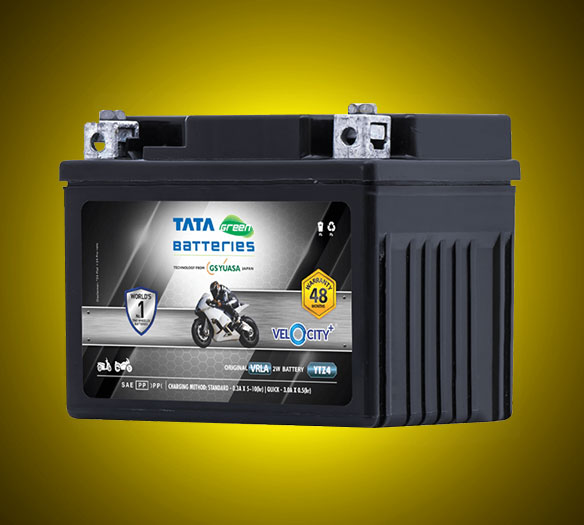
Target 3-4 Year Proactive Replacements
Given extreme operating conditions, average car battery lifespans shrink to just 3-4 years in India before losing ability to sufficiently start engines without jumps.
Opting proactively replacement around the 4 year mark circumvents being stranded upon unexpected downtown. Many dealers now offer free testing of charge percentages on existing batteries to assist planning.
Common failure indications
- Laboring cranks unable to start vehicles
- Dimming headlights or voltage fluctuations
- Reduced overnight resting charge levels
- Excessive topping needs
- Case or cover damage
- Signs of corrosion or terminal leaks
Rather than being caught out suddenly on roads by dead batteries, scheduled changeovers every 3-4 years coupled with voltage testing avoids disruptions.
Purchase Established Brands from Certified Sellers
While local mechanics offer discounted prices on no-name batteries of unclear provenance, spending marginally more on recognized brands via authorized sellers provides manifold advantages:
Benefits of Grade A Batteries
- Multi-year free replacement warranties
- Quality components ensure higher reliability
- Rigorous testing meets safety and efficiency standards
- Reduced risk of counterfeits or grey market items
- Assurance of business continuity for future purchases
- Potential loyalty discounts

Leading Car Battery Brands in India
| Brand | Warranty | Testing Certs | Sellers |
|---|---|---|---|
| Exide | 3 years | ISI 2382 | Exide Express |
| Amaron | 4 years | ISI 2392 | Car & bike retailers |
| Amco | 2 years | ISI marked | Leading retailers |
| Okaya | 3 years | ARAI, iCAT | E-commerce portals |
Review documentation for warranty terms. Only authorized sellers qualify for coverage.
Risks Purchasing Unknown Batteries
- Inferior quality copper and lead components
- Watered down unsafe electrolyte mixing
- Absence of sourcing trail
- Possible black market origins
- No recourse upon premature failure
Seeking ISI safety rating certification and branded packaging reduces risks of used or knockoff equipment with questionable origins.
Responsibly Recycling Old Car Batteries
As aging lead acid batteries qualify as hazardous e-waste containing heavy metals, acids and flammable materials, follow ethical recycling procedures rather than illegally dumping into landfills.
Many authorized battery dealers now facilitate buyback of old units with purchase of replacement batteries – offering cash in exchange for old units and shipping back to producers recovery processes recovering lead for reuse.
Additionally, informal recycling wastepickers extract e-scrap components containing valuable metals – used lead acid cells command premium street resale pricing.
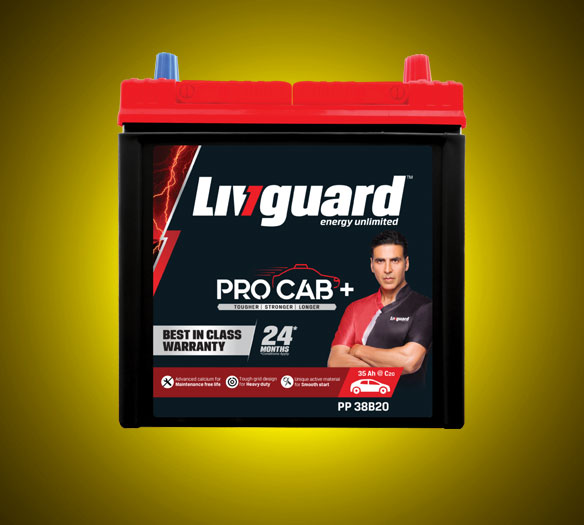
Getting The Most Life From Batteries
Certain habits and preventative maintenance steps prolong functionality of vehicle batteries facing extreme operating environments:
Park Vehicles in Covered Spots
Minimizing direct sustained exposure to sun, rain and pollution by parking inside garages or under roofs helps preserve cars and batteries from enduring maximum nature distress.
Clean Terminals Regularly
Using a stiff wire brush, scrape away any visible green oxidation or black particulate buildup upon battery terminals at least quarterly. Follow with application of petroleum jelly coating surfaces to repel new accretion.
Top Up Water in Wet Cell Versions
Check distilled water levels monthly in wet cell / flooded versions, topping up using the translucent sight tubes until reaching the upper marked line. Low water risks damaged plates exposed to air corroding performance.
Avoid Partial Recharging Cycles
Frequently “topping off” batteries without allowing full recharge cycles contributes towards capacity deterioration over time. Strive to not interrupt cycle for maximum longevity.
Turn Off Accessories When Starting
Wind down all auxiliary electrical loads like music players and seat cooling prior to ignition cranking – reducing the instantaneous current burden upon batteries especially in colder months.
Let Idle After Jump Starts
In urgent scenarios jump starting using donor vehicles when stranded, allow 10+ minutes of gentle driving avoiding revving high RPMs immediately. This gives alternator time to recharge without overloading.
Consider Solar Assist Chargers
Aftermarket solar panels with voltage regulators attached via adhesive panels on rear windshields and hatchbacks furnish supplemental trickle currents – extending resting charge standby durations.

Outlook: Future Car Battery Tech Trends
Manufacturers make continual strides advancing two promising next generation technologies to overcome temperature sensitivity and charging bottlenecks.
Solid State Batteries
Replacing polymer separators and flammable electrolytes between electrodes with solid ceramic electrolytes reduces risk of cell meltdowns during overcharging along with opening door to alternative anode/cathode materials elevating energy density higher.
Graphene Enhanced
The strong pure carbon material graphene exhibits conductivity exceptionalities when embedded to enhance cycling. Graphene coated battery electrodes facilitate faster transfers and minimal heat production boosting performance.
Expect smarter energy storage solutions better weathering Operations under India’s Testing conditions as relentless summer heatwaves strain existing conventions past thresholds through sustainable mobility shifts. What battery best energizes your future vehicle?

